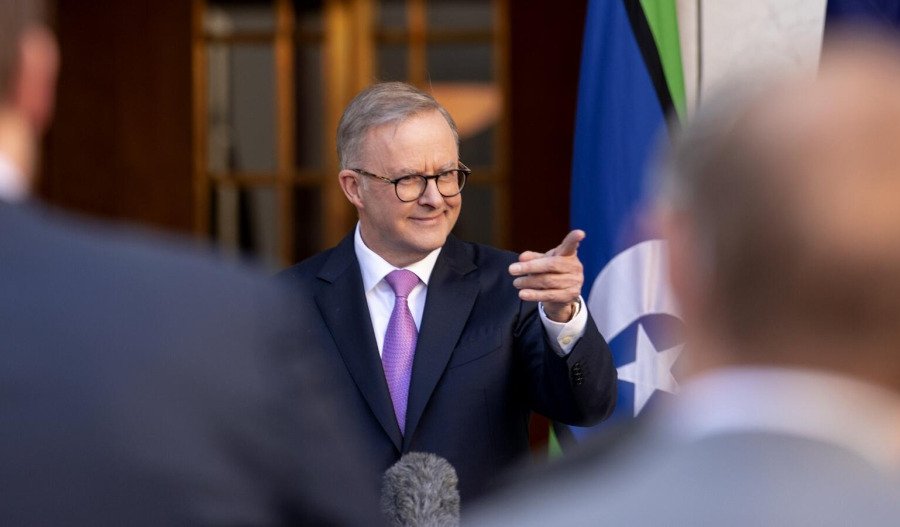Independent politician Monique Ryan blamed the Liberal/National Party’s (LNP) wipe-out in the Australian election on its lack of climate policies.
Ryan, one of so-called ‘teal’ independents voted into Parliament over the last two elections, claimed victory on Saturday night as she led her Liberal rival in the blue ribbon seat of Kooyong as voting continued.
At the time of writing, data from the Australian Electoral Commission showed Ryan had 51.72% of the vote on a two-party referred basis compared with 48.28% for her Liberal rival Olivia Hamer.
She was one of 12 independent politicians leading in their seats in the 151 seat House of Representatives, which will continue to be controlled by the Australian Labor Party after it claimed a comprehensive victory.
Labor has increased its seat count from 77 to at least 81, with the LNP coalition falling from 58 to 35 as coalition members, including Opposition Leader Peter Dutton, lost to other candidates.
Speaking before the extent of the Labor win was clear, Ryan said Dutton had three years to come up with policies that matter in electorates like Kooyong.
“In 2022 Kooyong voted on climate. It was the number one issue in Kooyong. In 2025 the coalition does not have a single policy on climate. People have been deeply frustrated with that,” Ryan she told reporters at a Melbourne hotel where her supporters gathered to watch the vote count on Saturday night.
She also said it was an unusual election in terms of the size of the votes cast before polling day.
Earlier, Ryan and Hamer were quietly confident as they prepared to cast their votes on Saturday.
Ryan said she was excited that election day had arrived after a tough five week campaign that featured plenty of argy bargy on the hustings.
Ryan, who in 2022 became the first non-Liberal to win the blue-ribbon Melbourne seat of Kooyong since 1944, held it with a 2.2% margin after toppling former Treasurer Josh Frydenberg.
She was one of six independents elected to the Australian lower house three years ago, joining three others who were returned to Canberra.
Their ‘teal’ descriptor comes from the blend of blue, the colour traditionally associated with the centre-right Liberal Party, and green, the colour linked with environmentalism and progressive policies.
These independents received significant support from the Climate 200 a fundraising initiative which advocates for policies to address climate change.



